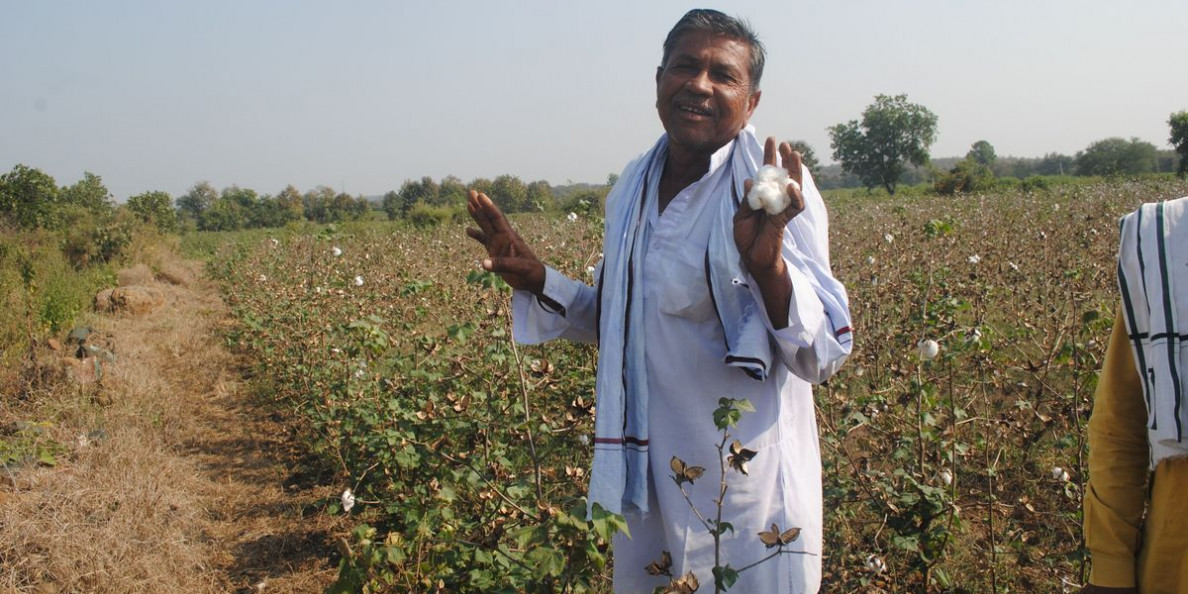MUMBAI (Reuters) - Monsoon rains in India in the week through Wednesday were below average for the second straight week, the weather office said, raising concerns over production of summer-sown crops such as cotton, soybean, corn and rice.
India is the world’s biggest exporter of rice and top importer of edible oils. A drop in production could not only limit rice and cotton exports, but also boost imports of edible oils such as palm oil, sunflower oil and soyoil.
India received 35% less rain than the 50-year average in the week to Aug. 11, with the shortfall as high as 98% in cotton and soybean growing regions in central and western India, data from the India Meteorological Department (IMD) showed on Thursday.
“Rainfall distribution was uneven. Some areas were flooded because of excessive rains, while others are witnessing moisture stress due to a dry spell,” said Harish Galipelli, director at ILA Commodities India Pvt Ltd.
“This could lead to lower crop yields this year, especially in crops like soybean, cotton and pulses.”
Cotton, soybean and pulses are mainly cultivated in rain-fed areas and the sowing of these crops was delayed this year because of a dry spell.
While monsoon rains were 10% above average in June, they turned 7% below average in July. Overall rains have been 6% below average so far in the season that began on June 1.
Indian farmers have planted summer-sown crops on 93.4 million hectares as of Aug. 6, down 2.4% year-on-year, according to the latest data from the Ministry of Agriculture & Farmers’ Welfare.
The area planted with cotton stood at 11.6 million hectares versus 12.4 million hectares the previous year, while soybean covered 11.5 million hectares, down 2.5% from a year earlier.
“Monsoon is likely to revive next week. Central India could receive above normal rainfall in the second half of August and bring down the rainfall deficit,” said a Pune-based scientist with the state run IMD.
Reporting by Rajendra Jadhav; Editing by Mark Potter
Πηγή: Reuters

